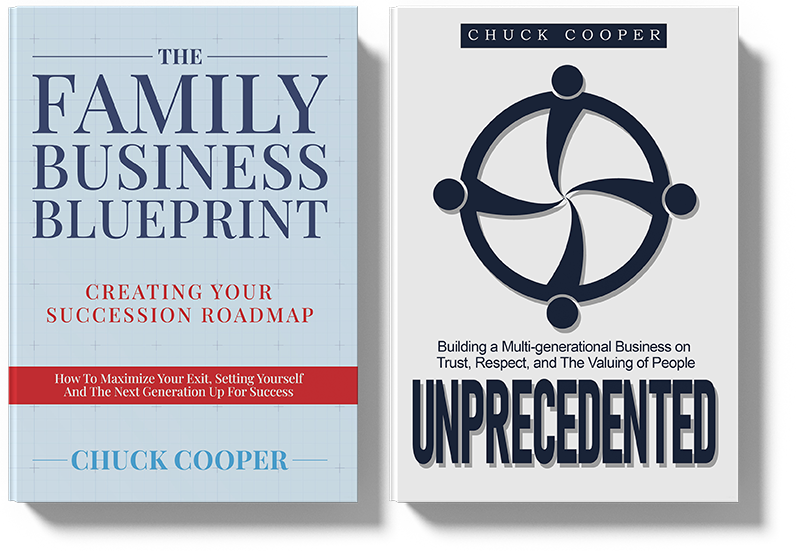In the fast-paced landscape of today's organizations, the missing link that often separates successful ventures from mediocre ones is trust. Trust is the glue that binds leaders with their stakeholders, creating an environment where collaboration thrives, innovation flourishes, and everyone feels valued. To bridge this trust gap, we propose a formula that encapsulates the essence of effective leadership—the 5 C’s of Leadership.
1. Communication: The Foundation of Relational Trust
At the core of the 5 C’s lies communication, the bedrock upon which trust is built. It goes beyond merely transmitting information; effective communication involves active listening to understand and speaking to be understood. Leaders must foster an environment where every voice is heard, creating a sense of openness and transparency. When communication flows freely, trust is nurtured, and stakeholders feel a genuine connection with the leadership.
2. Connection: Managing by Walking Around
Connection is the second pillar, urging leaders to step out of their offices and immerse themselves in the daily rhythm of the organization. It involves spending quality time with team members, being present when they start their day, and showing appreciation at the day’s end. But connection extends beyond internal teams—it encompasses engaging with customers, vendors, and community leaders. By sharing the organization's mission, vision, and values, leaders build bridges that connect diverse stakeholders, fostering a sense of unity and common purpose.
3. Commitment: Anchoring to Mission, Vision, and Values
Commitment is the anchor that prevents leadership from drifting into uncertainty. Leaders must be steadfast in their dedication to the company's mission, vision, and values. This commitment goes beyond lip service; it involves actively shaping and building the organizational culture. When stakeholders witness leaders unwaveringly dedicated to a common goal, trust is solidified, creating a stable foundation for growth and collaboration.
4. Care: Nurturing Your People
Care is the empathetic thread that weaves through the fabric of trust. Leaders must genuinely care for their people, recognizing them as individuals with unique needs and aspirations. This involves not only professional development but also a focus on the overall well-being of the team. By demonstrating genuine concern for the individuals within the organization, leaders cultivate a culture of trust, where each person feels valued and supported.
5. Curiosity: A Leader’s Lifelong Learning Journey
Remaining curious is the fuel that propels a leader's journey towards growth and success. Acknowledging that there is always more to learn, leaders should invest time in asking questions, seeking different perspectives, and gathering input from diverse sources. This curiosity leads to a more robust decision-making process and better outcomes. Embracing a mindset of continuous learning not only inspires trust but also fosters an environment of innovation and adaptability.
Incorporating these 5 C’s into leadership practices provides a comprehensive roadmap for building and maintaining trust with stakeholders. It is not a one-time effort but an ongoing commitment to fostering a culture of trust, openness, and collaboration.
As leaders strive to implement these principles, they will witness the transformational impact on organizational dynamics. Trust becomes the catalyst for enhanced teamwork, increased productivity, and a shared commitment to achieving common goals. In an era where trust is often a scarce commodity, leaders who embrace the 5 C’s will stand out as beacons of authenticity and reliability, guiding their organizations toward sustained success and growth.


